|
|
THE PRODUCT PERSPECTIVE
PRODUCTS IMPACT PEOPLE AND ORGANIZATIONS AND NATURE
|
|
CONSUMPTION OF PRODUCTS
|
|
PRODUCTS ARE NEEDED FOR A DECENT QUALITY OF LIFE
|
FRUIT
 FAST FOOD
FAST FOOD
 FUEL
FUEL
 HEALTH
HEALTH
 CLOTHES
CLOTHES
 HOUSING
HOUSING
 RELAXATION
RELAXATION

|
VEGETABLES
 MEAT
MEAT
 VEHICLE
VEHICLE
 EDUCATION
EDUCATION
 STUFF
STUFF
 HEATING
HEATING
 RECREATION
RECREATION

|
In a world of shortage, more is better ... and for most of history this has been the reality, but less so in modern times where productivity enables an abundance of material goods and services. The limiting factor is no longer production but the ability of nature to sustain such production without catastrophic degradation.
Quality of life improves when there is an abundance of goods and services from which to choose ... however too much results in negative impacts like obesity and diabetis.
For companies, more production and more sales results in more profits while at the same time more corporate responsibility results in more costs and less profits. Advertising is mainly about getting more sales, no matter the misinformation.
It is time for better metrics!
More consumption correlates to a better quality of life up to a certain level. Beyond that level more consumption may well have negative consequences, as for example too much food may result in obesity and diabetes or worse.
|
|
PRODUCTS START WITH NATURE AND HAVE A LONG LIFE CYCLE
|
|
Nature is the foundation for all value add
|
SUN
 MANGROVE
MANGROVE
 AGRICULTURE
AGRICULTURE
 COAL
COAL
 BAUXITE
BAUXITE

|
WATER
 FOREST
FOREST
 FISHERIES
FISHERIES
 PETROLEUM
PETROLEUM
 IRON ORE
IRON ORE

|
SUN
Without the sun, life would not exist. Enough said! The sun is vital!
WATER
Water is also of vital importance. Fresh water is in short supply. It is needed by people for everyday living, for industrial processes, for crop agriculature and for livestock.
BIOLOGICAL LIFE CYCLES
Biological systems are the basis for agriculture and fisheries ... for most of the food that sustains people. They are also important as the basis for much of modern medicine.
FOSSIL FUEL RESOURCES
Fossil fuels ... coal and petroleum have been critical enablers of the industrial revolotion that has improved quality of life for billions of people in the last 200 years.
MINERAL RESOURCES
Mineral resources of many different types have been processed into the products that people use in their daily lives
|
BULK TRANSPORT OF RAW MATERIALS
CRUDE OIL
 COAL
COAL
 GRAIN
GRAIN
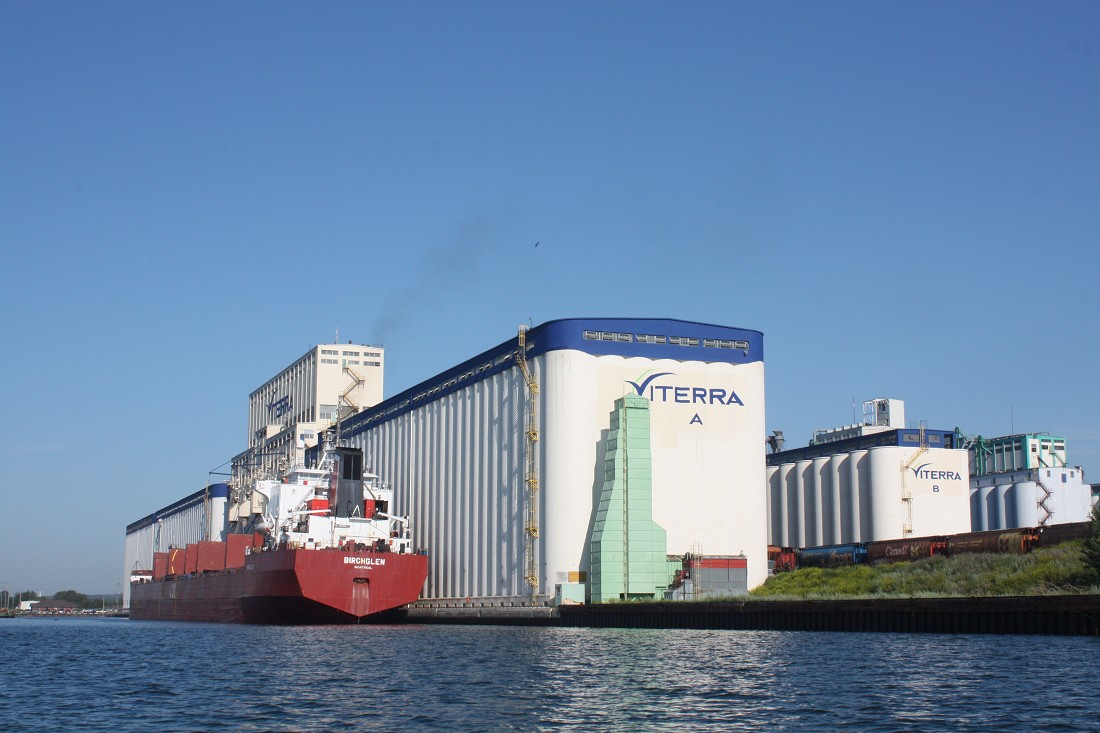
|
LNG
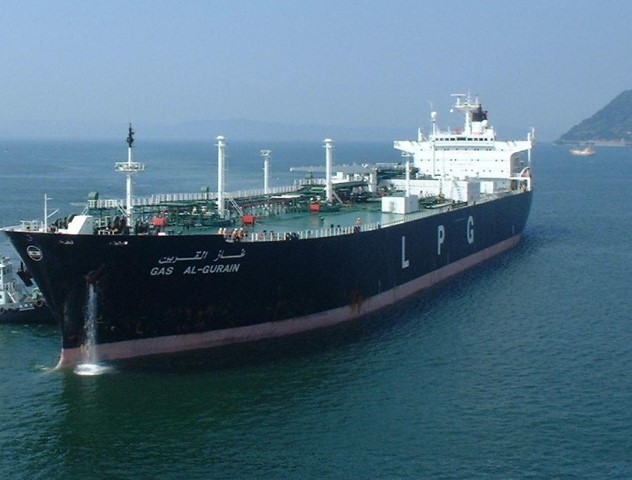 IRON ORE
IRON ORE
 OIL AND GAS
OIL AND GAS

|
SHIPS
There has been amazing technological development as well as increase in the size of ships in the industry. Associated port infrastructure has also been expanded as well as major canals like the Panama and Suez canals.
RAIL
Massive tonnages are able to be moved by mile long trains
PIPELINES
Used for oil and gas over very long distances
|
|
PRIMARY PRODUCTION
|
STEEL
 CONCRETE
CONCRETE

|
PLASTICS
 LUMBER
LUMBER

|
The raw materials for things people buy
These were very important as the foundation for the industrial revolution, and remain an essential part of the modern economy.
These industries are energy intensive, labor intensive and are become more efficient relatively slowly
|
|
|
MILLIONS OF PRODUCTS FOR THE CONSUMER
|
STUFF

|
|
Production capacity is no longer a constraint
|
PRODUCT DISTRIBUTION
LIVESTOCK
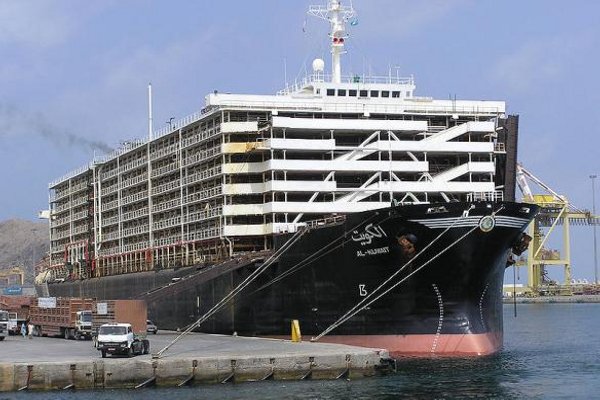 EATING
EATING
 WASTE
WASTE
 RECYCLING
RECYCLING

|
AUTOMOBILES
 ROAD
ROAD
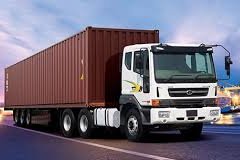 LANDFILL
LANDFILL
 RECYCLING
RECYCLING

|
Nature is the foundation for all value add
The role of
Products enable consumption that improves quality of life.
The production of products is a critical economic activity and source of profit for companies.
Production and products are only sustainable if they do not degrade the environment. Most modern industrial process are catastrophically unsustainable.
Smarter processes are needed together with smarter products, smarter consumers and systems to enable a circular economic model.
|
Role of trade and efficient logistics for bulk cargoes
|
|
SEA
 EXTRACTION
EXTRACTION

|
|
POLLUTION

|
DRIVING

|
FLOODS

|
NO WASTE

|
|
BUSINESS ORGANIZATIONS PRODUCE AN ABUNDANCE OF GOODS
|
STEEL
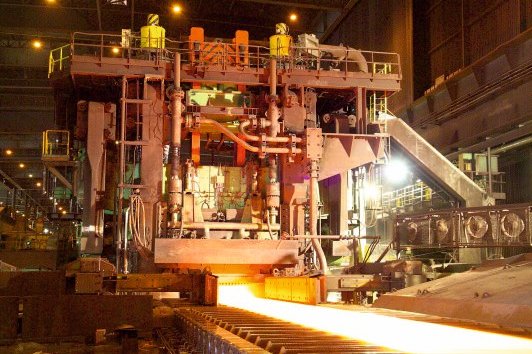 SEA
SEA

|
RAIL
 REFINING
REFINING
 ROAD
ROAD

|
The scale and complexity of the modern global economy is difficult to comprehend. It has been enabled since the start of the industrial revolution by impressive improvements in technology and this has accelerated over the years.
Customers have very little knowledge about the complete life cycles of the goods and services they buy and use. They know about price, and the messages associated with the product and the brand, but not much more.
Most companies optimize for profit and to generate wealth. Some companies know about the social and environmental impacts ... good and bad ... associated with the supply chains for what they produce and sell, but this information is closely held to the extent that it is known because almost all production is unsustainable into the future.
The flow of goods and services at the present level of economic activity is dangerously unsustainable, and will become more so as countries like India and China become more affluent and consumption increases. It is estimated that if everyone on planet earth had the lifestyle associated with the USA, it would require between 7 and 10 planets to be sustainable.
|
|
WASTE, INDUSTRIAL DETRITUS AND ENVIRONMENTAL DEGRADATION
|
AIR POLLUTION
 FLOODS
FLOODS
 WILDFIRES
WILDFIRES
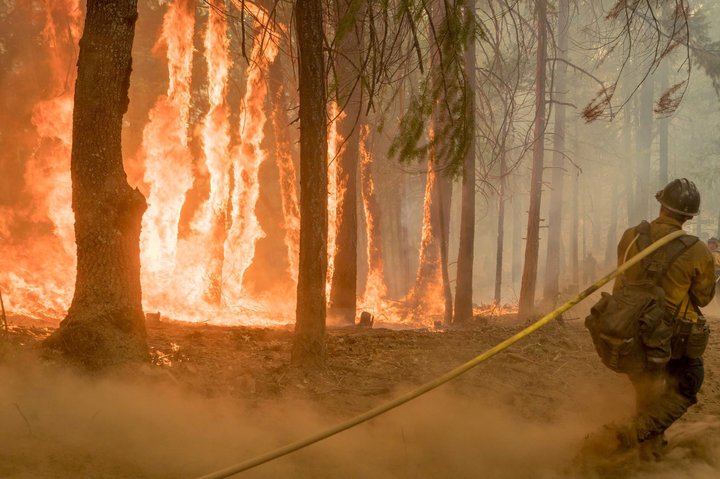 LANDFILL
LANDFILL

|
GHGs
 POLLUTION
POLLUTION
 HURRICANES
HURRICANES
 PLASTIC
PLASTIC

|
Ignoring Externalities is a major error
The modern economy produces a massive amount of waste. There is waste at every stage of the produce life cycle, and the costs of this waste are ignored in conventional financial management accounting.
|
Industry has a history of doing the minimum to reduce air pollution both as regards human health and the impact on the environment.
Agriculture and industry are using more water than the natural replenishment, and there are massive flows of polluted water into most major watersheds
Industry has also embraced the use of plastic ... including single use plastic ... without doing much about the way the plastic pollutes both land and seas and kills wildlife.
In addition industry has had little interest in ensuring that important ecosystems remain viable, both as regards biodiversity and also climate stability. Many scientists now consider that the climate situation has morphed into a climate crisis.
|

|
|
|
|

